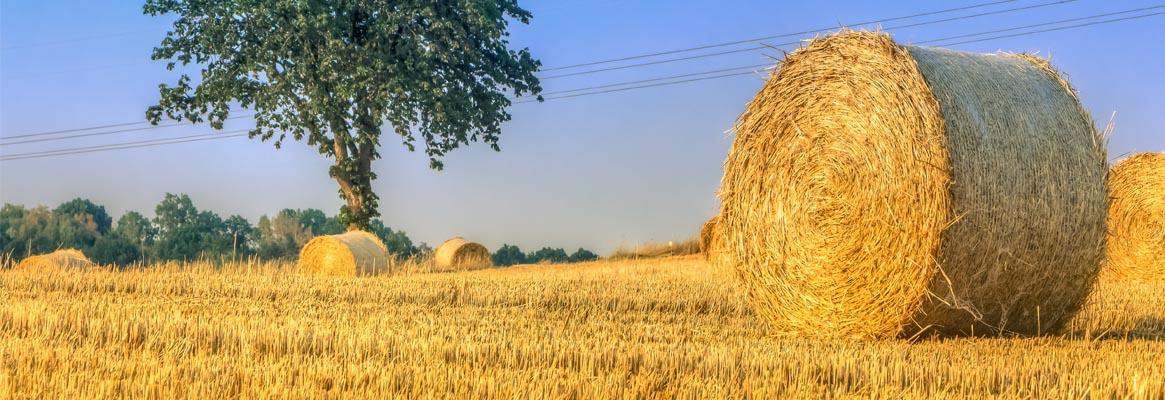Eat it, spin it, wear it, use it. The humble corn plant may hold the answer to the future of nutrition and sustainable fashion, say Harshita Chaudhary, Navneet Kaur and M.S. Parmar
Growing awareness of global environmental concerns have resulted in the development of products which are natural, renewable and bio-degradable. These products do not cause harmful emissions during production, service life and after disposal. For years, textiles and other industries using fibres have been trying to find new sources of natural fibres that could be compared with performance properties of major natural fibres like cotton and linen. This might reduce the dependence on land and other resources required to produce fibre at competitive costs.
Corn husk, a lignocellulosic fibre generally discarded as waste, has the potential of being explored as a textile fibre. Corn or maize is the second-largest agricultural crop in the world. Cultivation of corn generates stover (stalk, leaves and husks) by-products that have been considered for a variety of uses.
Corn stover typically consists of about 50 per cent stalks, 23 per cent leaves, 15 per cent cobs and 14 per cent husk. So, for hundreds of years, as we eat the corn, we have been throwing away most of the plant. The leafy outer shell/covering of an ear of maize is referred to as corn husk. Each husk is relatively thin and flat, unlike the adult and juvenile foliar leaves. The sheaths of husks are broader and thinner than the sheaths of the foliar or ordinary leaves. Corn husk fibres have a high content of cellulose about 80-87 per cent and low content of lignin of about 6-8 per cent. The ash content is about 4-5 per cent. Untreated corn husk strands have cellular deposits with thick protective material covering on the surface.
Individual cells inside this layer are kept in place by other binding materials like lignin, hemicelluloses and pectin. A chemical or mechanical pre-treatment is required to break down this protective coating to obtain fibres with required properties. Corn husk fibres are extracted from the husk by alkali and enzymatic treatments. The raw material is treated in alkali solutions at high temperatures (85-90oC) for a particular time to extract fibre from husk. Corn husk requires less chemical and/or physical treatment conditions and produces relatively superior quality of fibre compared to the fibre from stalks.
After treatment, the fibres are washed to remove the dissolved substances and short fibres. An additional enzyme treatment may be required to remove hemicellulose and lignin and to obtain finer fibres. Typical yield of fibres from husks or stalks varies from 10 to 30 per cent depending on the severity of the treatment and quality of fibres desired.
The main environmental benefit of using corn husk fibre is conservation of land and resources since you get fibre and food from the same plant. Corn husk is commonly available, with no geographical limitations, and is of limited commercial value. Therefore, corn husks show greater promise in providing large quantities of natural cellulose fibres with significant economic benefits than any other agricultural by-product. As corn is grown in large quantity all over the world, corn husk is readily available. Corn husk offers an annually renewable, low cost and abundant source of cellulosic fibre.
The structure of the corn husk fibre is similar to that of cotton. Individual cells in corn husk appear to have natural convolutions that improve its fibre to fibre contact and cohesiveness, aiding in the spinning of fibres. Corn husk fibres appear to be twisted ribbon-like with intermittent reversal in the direction of the twists.
Studies have been done by researchers on production of corn husk yarns by ring or friction spinning by blending it with other sustainable fibres like bamboo and cotton. The fabric produced from corn husk fibre has the distinctive advantage of moderate strength, toughness and high elongation with high durability, pliability and softness. These properties make corn husk a desired fibre for apparel, home furnishings and similar applications.











Comments